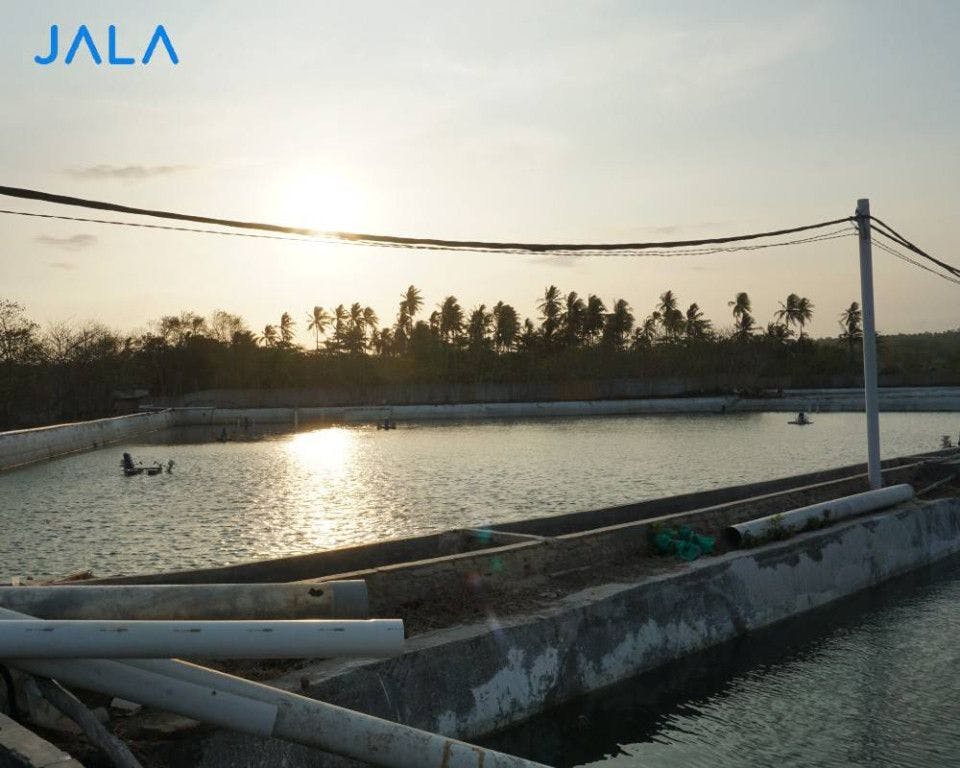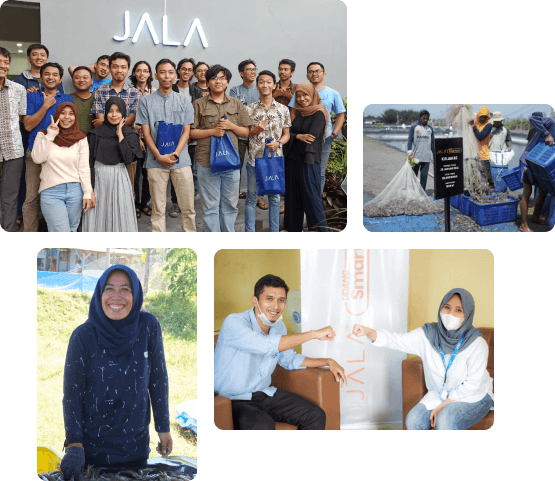
Maintenance of water quality is essential in shrimp cultivation to ensure that a consistently good quality of water is supplied for shrimp to grow. One of the strategies in water quality management is the use of a reservoir.
A reservoir provides suitable water for shrimp cultivation. Water from the reservoir is not just required at the beginning of cultivation, but also to replace or add water throughout the cultivation to maintain the pond’s carrying capacity. Water tanks are also a requirement for farmers who want to get a permit for their farm business (IndoGAP), attract investors, and get insurance to support their cultivation operations.
reservoirs can be classified based on their function: sedimentation reservoirs and treatment reservoirs. Water undergoes sedimentation in the former as the first step of water quality improvement.
Next, treatment reservoirs help further improve water quality for the cultivation pond. Water is disinfected to get rid of pathogens. Biological agents such as algae, seaweed, and moss can also be used as biofilters to absorb excess nutrients from the water and increase dissolved oxygen concentration.
A good reservoir should supply 30% of the water volume in cultivation ponds, and be placed in a location close to the water source and allow easy distribution. The water quality requirements for water in the reservoir is a pH of 7.5-8, ammonia concentration of no more than 1 ppm, nitrite concentration of no more than 0.1 ppm, and organic matter of no more than < 60 ppm. The minimum recommended distance between the reservoir and the farm is 10 meters. The water should stay in the reservoir for at least 7 days before being distributed to the farm. Moreover, farmers should remember to maintain proper cleanliness in the reservoir and remove the dead water plants regularly.
The effectiveness of a reservoir can be measured by measuring pond water quality parameters such as pH and DO. Maintaining good water quality ensures that shrimp cultivation will be more productive and sustainable.





